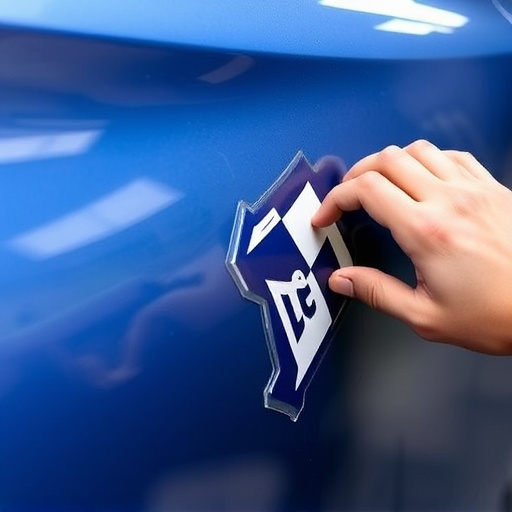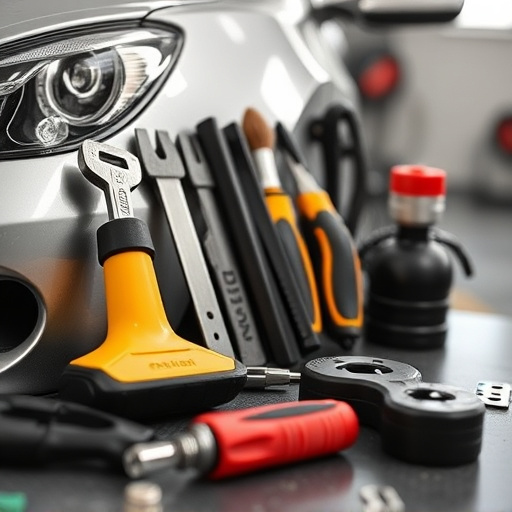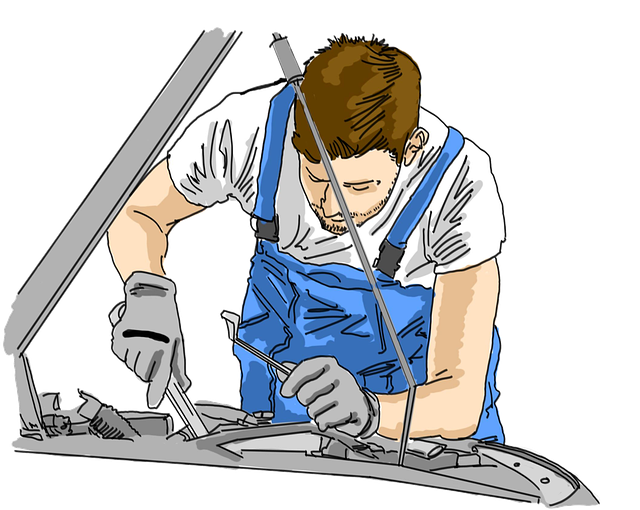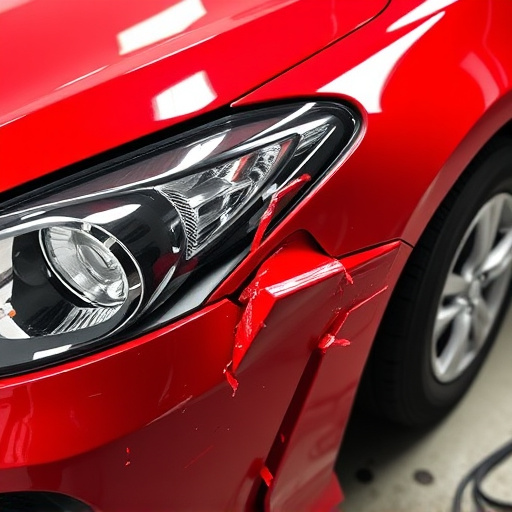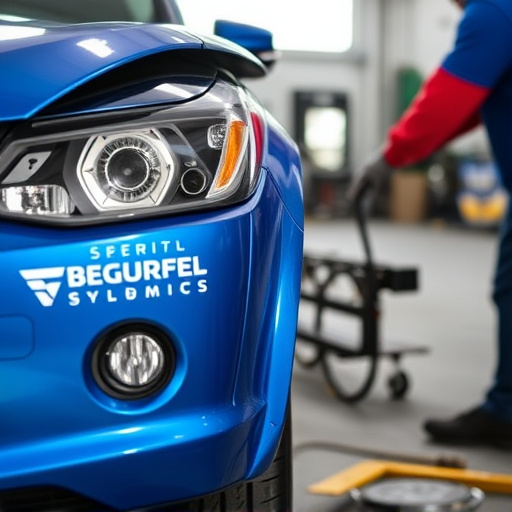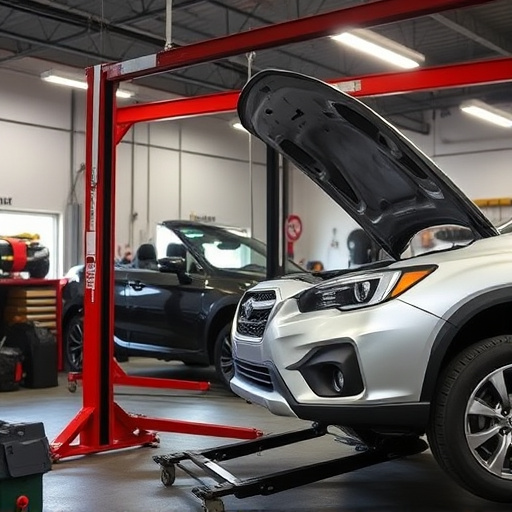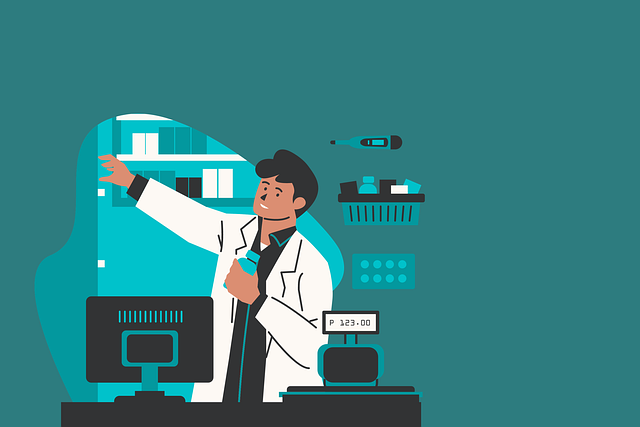Liability claim repair requires meticulous attention to detail, starting with identifying and assessing vehicle damage. Key steps include choosing appropriate repair methods for both cosmetic and structural integrity, engaging skilled professionals from reputable shops, and conducting thorough initial assessments. Standardization through clear guidelines for paint services, proactive maintenance checks, and efficient resource allocation optimizes outcomes, ensuring vehicle longevity, safety, and customer satisfaction in liability claim repairs.
Unsure how to best leverage liability claim repair? This guide breaks down essential strategies to maximize benefits. By understanding key aspects of liability claim repair, developing effective damage mitigation strategies, and implementing a comprehensive, efficient repair process, you can minimize impact and restore operations faster. Learn how to navigate this complex landscape effectively for optimal outcomes.
- Understand Key Aspects of Liability Claim Repair
- Develop Effective Strategies for Damage Mitigation
- Implement Comprehensive Process for Efficient Repairs
Understand Key Aspects of Liability Claim Repair

Liability claim repair is a meticulous process that involves understanding several key aspects to maximize benefits. The first step is recognizing that a fender bender or minor car accident can lead to significant vehicle damage, including dents and dings in various parts, from the body panels to the trim and wheels. Effective liability claim repair requires professional expertise in car body restoration techniques.
This process includes assessing each damaged area, deciding whether it’s suitable for DIY repair or needs expert intervention, and utilizing appropriate methods such as paintless dent repair (PDR) for minor dents or more intensive body panel repairs. Vehicle dent repair is a crucial aspect, ensuring not just cosmetic enhancement but also maintaining the structural integrity of the vehicle. By delving into these aspects, individuals can navigate liability claim repair effectively and secure optimal outcomes for their vehicles.
Develop Effective Strategies for Damage Mitigation
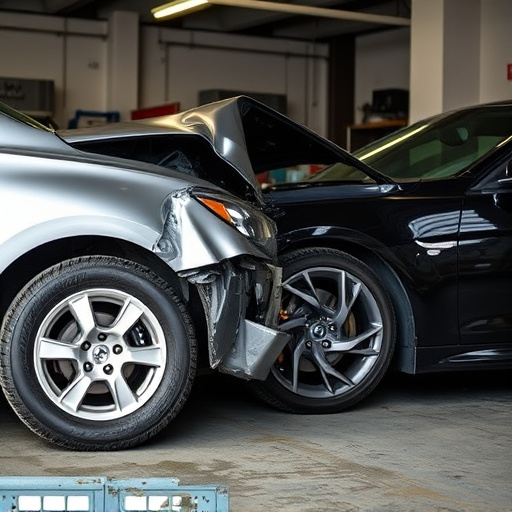
When dealing with liability claim repairs, developing robust strategies for damage mitigation is paramount. The first step involves assessing the extent of the damage and understanding the specific requirements of the repair process. This includes meticulous documentation of all damages, both visible and hidden, to ensure comprehensive restoration. Engaging experienced professionals from reputable auto repair shops or collision centers can significantly aid in effective mitigation. These experts possess specialized knowledge and tools that facilitate precise repairs, minimizing further damage or complications.
Additionally, proactive measures such as regular maintenance checks and prompt addressing of minor issues can prevent significant harm, thereby reducing the scope of repair work required later. Implementing these strategies not only optimizes the benefits of liability claim repair but also ensures the longevity and safety of your vehicle. Remember, a well-planned and executed damage mitigation strategy is key to successful liability claim repairs, ultimately saving time, money, and ensuring a seamless restoration process.
Implement Comprehensive Process for Efficient Repairs

Implementing a comprehensive process is key to efficiently managing and repairing liability claims. This involves streamlining every step from initial claim assessment to final restoration. By standardizing procedures, insurance providers can ensure consistent quality across all repairs, whether it’s an automotive repair or intricate car paint services. A well-defined process allows for better resource allocation, minimizing delays and maximizing customer satisfaction.
For instance, establishing clear guidelines for vehicle paint repair, including meticulous preparation, high-quality paints, and skilled technicians, will result in superior outcomes. This structured approach not only enhances the repair quality but also reduces the likelihood of future issues, thereby fostering a positive reputation and encouraging customer loyalty.
Maximizing the benefits of liability claim repair involves a strategic approach. By understanding key aspects, developing effective damage mitigation strategies, and implementing a comprehensive, efficient repair process, businesses can not only minimize financial impacts but also enhance their reputation in the face of claims. Remember, proactive measures and a well-defined process are paramount to successful liability claim repair, ensuring long-term resilience and trustworthiness.

